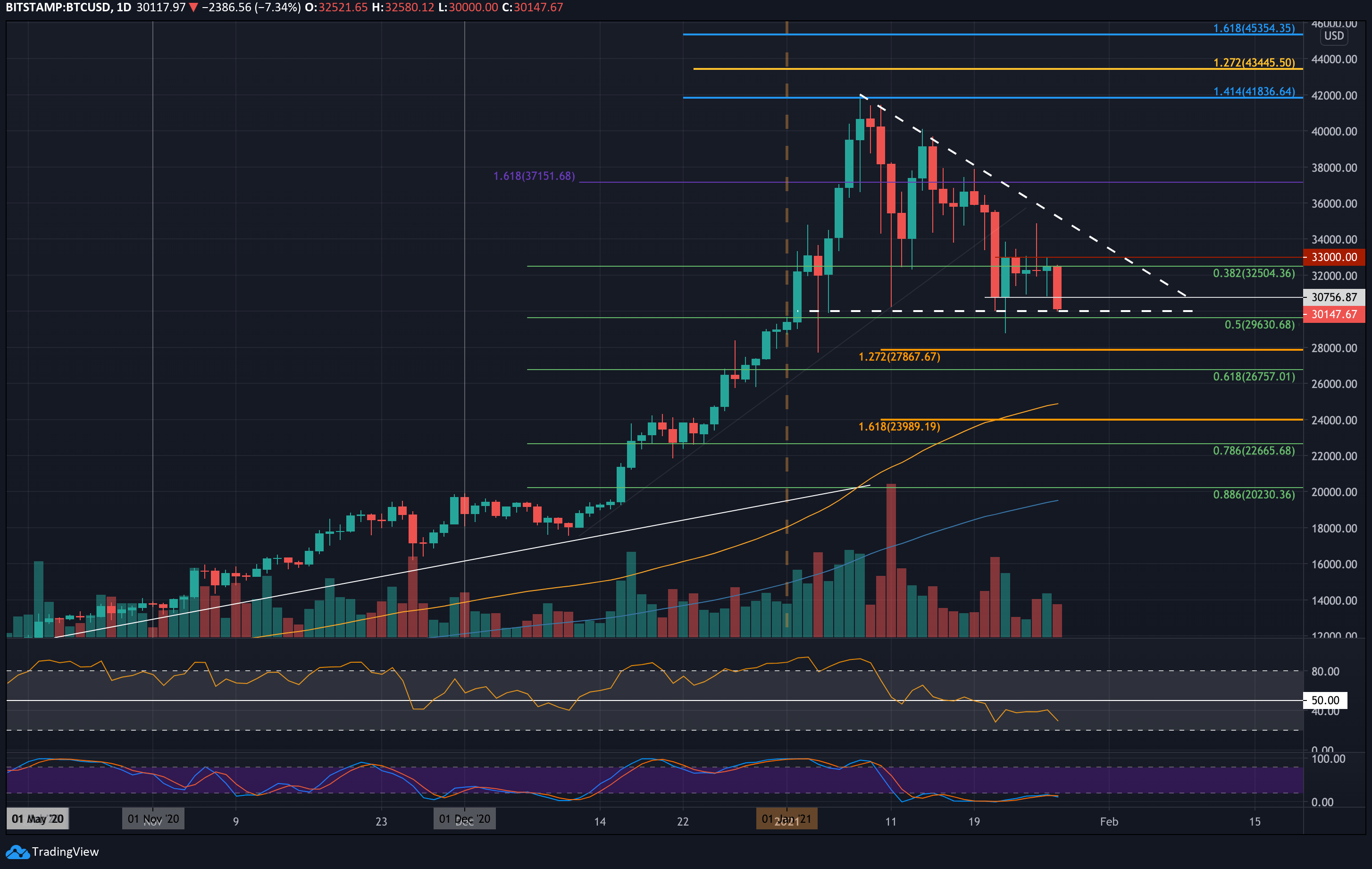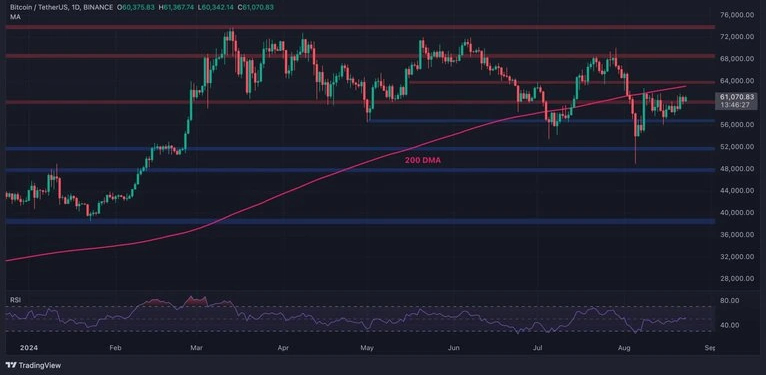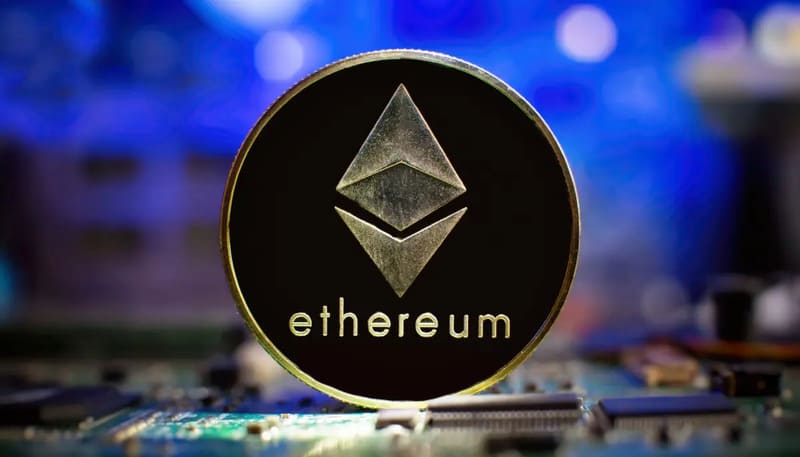
In traditional commodity mining, such as for gold, copper, or oil, initial exploration is crucial to ensure that investments are not squandered. Prospecting before committing capital allows for an understanding of where resources are located. However, Bitcoin’s security protocol renders such prospecting impossible, as block discovery is a purely probabilistic and random event. Each day, only 144 blocks are available to be mined, meaning that a miner’s efforts cannot guarantee timely rewards without substantial fluctuation, unless they control a significant portion of the network’s hash rate. To minimize variability and ensure consistent payouts, a miner needs around 1.2% of the total hash rate (roughly 10 Exahashes per second at the time of writing). Achieving this level of hash rate demands hundreds of millions of dollars in capital expenditures. For smaller operations without the extensive infrastructure of massive enterprises, this presents a formidable challenge.
The Rise of Pool Mining
To address this problem, pool mining was introduced. Consider a miner with a modest yet respectable mining operation. Given that the network produces 52,560 blocks annually, this miner, with 1/52,560 of the total hash rate, is statistically expected to mine one block each year. However, with electricity bills due monthly, waiting a full year for a single payout would result in financial ruin. This discrepancy between regular operational costs and delayed revenue gives rise to a solution: pooling resources. The miner finds 499 others with similar-sized operations and proposes they combine their efforts. Instead of working independently, they mine collectively, sharing the rewards based on the individual contribution of each miner. With the combined efforts of 500 miners, each contributing 1/52,560 of the total hash rate, the pool can expect to find roughly two blocks per week. This significantly increases the frequency of payouts, helping miners cover monthly expenses and avoid bankruptcy. Yet, even with this arrangement, variability in payouts remains.
Understanding Pool Luck and Its Impact
While pool mining ensures more frequent payouts compared to solo mining, it does not eliminate the uncertainty of reward distribution. This issue, known as the pool’s luck risk, means that the pool’s actual number of blocks mined can differ from the expected number. Returning to the previous example, 500 miners, each contributing 1/52,560 of the total hash rate, would theoretically mine 500 blocks in a year. However, the actual number could be 480, 497, or 520. There is no guarantee that the pool will mine exactly 500 blocks within a given timeframe. A pool’s luck is defined as the ratio of blocks mined to the expected number based on the pool’s hash rate. For instance, if the pool mines 480 blocks when it was expected to mine 500, its luck stands at 95%. Fluctuations in luck can lead to significant earnings variation over short periods, but over time, the payouts typically align with the expected distribution based on the pool’s hash rate.
Transaction Fees and Block Timing Effect
Beyond luck risk, two additional factors contribute to payout variability. The first is transaction fees, which have seen substantial fluctuations in recent years. Following Bitcoin’s last halving, transaction fees from blocks mined surged, sometimes exceeding 50% of the total block reward. For example, as of block height 883208, multiple blocks were found with incomplete space in the block, as the mempool had cleared during recent days. This represents a sharp increase in transaction fee activity over a short period. The second factor is the timing of block discoveries. When blocks are mined close together, fewer transactions accumulate in the mempool, resulting in lower transaction fees for those blocks. Conversely, if there is a longer gap between blocks, more transactions will accumulate, increasing the transaction fees. During the 2024 Bitcoin halving, daily transaction fees paid to miners briefly exceeded the block subsidy for the first time in history.
The Appeal of Predictable Payouts
Uncertainty, especially with substantial capital at stake, is a significant pain point for miners. As a result, most miners value predictable, stable payouts to recover their significant investments. To address this need, pools began offering Full Pay Per Share (FPPS) payout schemes. FPPS operates like a traditional insurance policy, transferring all risk to the pool. Regardless of the number of blocks mined or the transaction fees associated with them, miners are paid based on the expected value of their hash rate. The pool absorbs the risk of fluctuations, providing miners with unrivaled payout predictability. Consequently, FPPS has become the standard payout method in many pools, although it comes at a cost.
The Costs and Limitations of FPPS
FPPS is not without its drawbacks. To cover periods of bad luck and manage the risks associated with FPPS payouts, pools require large reserves of capital. These high capital requirements are not inexpensive and are passed on to miners through higher pool fees. In essence, the FPPS payout system functions as an insurance product, and like any insurance, there is counterparty risk. The miner must trust that the pool will fulfill its obligations under the insurance contract. While larger pools may present a lower risk of failure, Bitcoin’s ethos of minimizing trust and counterparty risk has yet to fully permeate the pool mining sector.
Who Benefits from Fee Spikes?
Furthermore, miners receiving FPPS payouts forgo any additional revenue generated from transaction fee spikes. The FPPS payout formula uses an expected value model based on the transaction fees of recent blocks. Therefore, when transaction fees surge, the payout is calculated based on historical data that may not reflect the current fee environment. This means that pools, not miners, capture the benefits of transaction fee spikes. Even if there is a sudden surge in fees, pools cannot incorporate this into payout calculations, as they cannot rely on such spikes being consistent or frequent. Including such spikes would expose the pool to the risk of bankruptcy.
The Unsustainability of the FPPS Model
The inherent unsustainability of the FPPS payout model becomes evident upon closer inspection. Similar to the unsustainable pension systems of many governments, FPPS pools face growing challenges as transaction fees become an increasingly significant portion of miner rewards. As Bitcoin’s block reward continues to halve, the volatility of transaction fees will likely lead to greater payout variability, increasing the costs of providing FPPS insurance. As payout variance increases, the pool’s risk rises, and insurance premiums for miners will need to increase to cover that risk. This creates a feedback loop where rising risks result in higher pool fees, which will eventually become unsustainable for both miners and pools. Only insurance actuaries can accurately calculate the precise costs involved, but one thing is certain: these pools are already expensive and will only become more costly over time
PPLNS: A Viable Alternative
As pool fees for FPPS payout methods rise, miners may find the Pay Per Last N Shares (PPLNS) method more appealing. Under PPLNS, miners are paid based on the number of valid shares they contribute during the period in which the pool finds a block. The reward is distributed according to each miner’s contribution over the last N blocks. While PPLNS offers more profitability, it also carries risks. The pool’s luck may fall below 100%, and there may be periods where no block is found, leaving miners without payouts. However, for pools with 1% of the total network hash rate, the chance of not finding a block within a week is just 0.0042%, and the odds of luck falling below 90% over the course of a year are only about 1.09%. For larger pools, the risk of long periods without blocks becomes negligibl
The Road Ahead for Bitcoin Mining Pools
The future of FPPS pools, especially those with high fees, remains uncertain. As miners seek stable, predictable payouts, they may turn to alternative risk management tools and payout models that mitigate the inherent risks of Bitcoin mining. While FPPS may continue to serve its purpose in the short term, it is unlikely to endure in its current form as transaction fees become a larger portion of the total block reward. Miners who seek to maximize profitability will need to explore alternative pool payment schemes and risk hedging strategies to stay competitive and safeguard their investments.
An Evolving Landscape
Bitcoin mining is undergoing a transformation. The rise of alternative pool payment methods and the increasing role of transaction fees in miner rewards will reshape the industry. As the market matures and new players enter, miners will have access to more sophisticated tools for managing risk, optimizing payouts, and ensuring profitability in a rapidly changing landscape. The days of relying on FPPS as a stable payout method are numbered, and miners will need to adapt to stay ahead of the curve.



